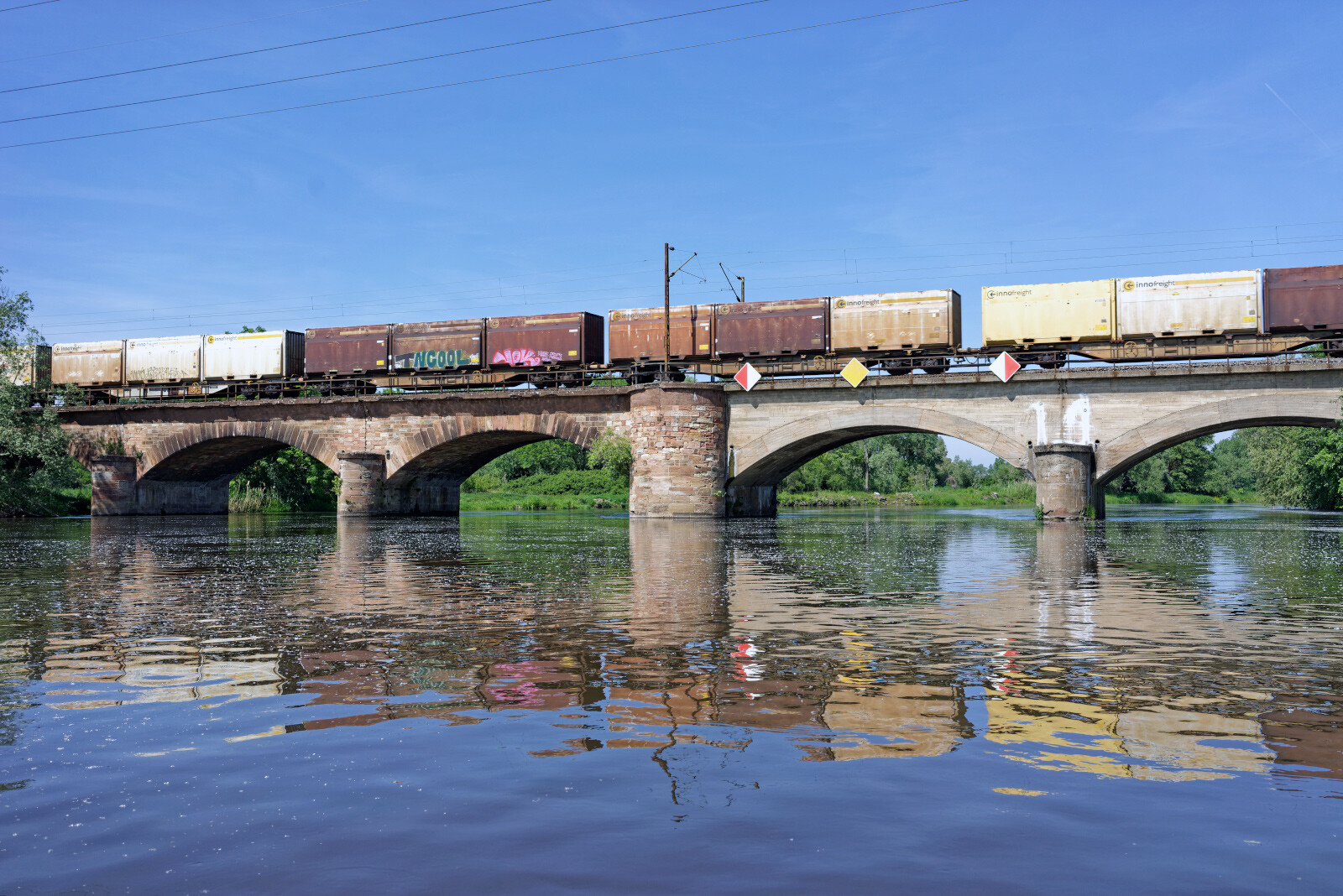Railway Bridges – Monuments in the Network
Using representative examples in the State of Lower Saxony as of today, this project examines railway bridges of the high modernism era (1880-1940) as important parts of a comprehensive infrastructural network. In this context each construction is understood as an element of the dynamic development of the complex network “railway”.
This project also focuses on the elaboration of a coordinate system reflecting the history of structural engineering. This is done by analysing amongst others the developments in structural engineering and in the history of engineering as well as social developments, so that the exemplary constructions can be placed in a higher-level context. This enhances the basis for the systematic evaluation of railway bridges as historic cultural monuments and for their structural development as “monuments in the network”. Designed as a pilot project it aims at a Germany-wide transferability of the results for the entire railway network.On the basis of the research results, the project’s objective is to review existing criteria for the assessment of railway bridges with respect to their monumental value, to further develop these criteria and to design a scientific methodology for classifying them.
To do so the project persues the assumptions that their classification cannot be achieved by the classical approach of looking at the structural monograph of each individual object but by viewing bridges as part and in the context of the network to reveal their monumental value on a broader scale. Furthermore, railway bridges of an operating network are subject to constant changes due to maintenance, repairs and renewal which are necessary for operational and economical reasons. Thus, a complete material preservation of all elements is at most temporarily but not permanently possible.
The testimonies of the change history are retrospectively “part” of the monument and prospectively a condition for every concept of monument preservation.This entails the two main perspectives of the project:
a) “Top-down”: from the network to the individual object. In an operating network railway bridges are subject to constant change. Although this is true for monuments in general, the aspect of “necessary changeability” plays an important role with respect to bridges and other engineering structures continuously exposed to loads and constantly in use so that their specific authenticity and integrity can be assessed.
b) “Bottom-up”: from the individual object to the networkThe individual railway bridge is usually assessed as an individual monument but it is part of a much broader context: its significance can be derived from its role in the network as a whole. Its “relevance and testimonial value” as a monument worth protecting can be established in different levels: the form and the specific construction with its not necessarily visible elements can be decisive for receiving a protected status.







